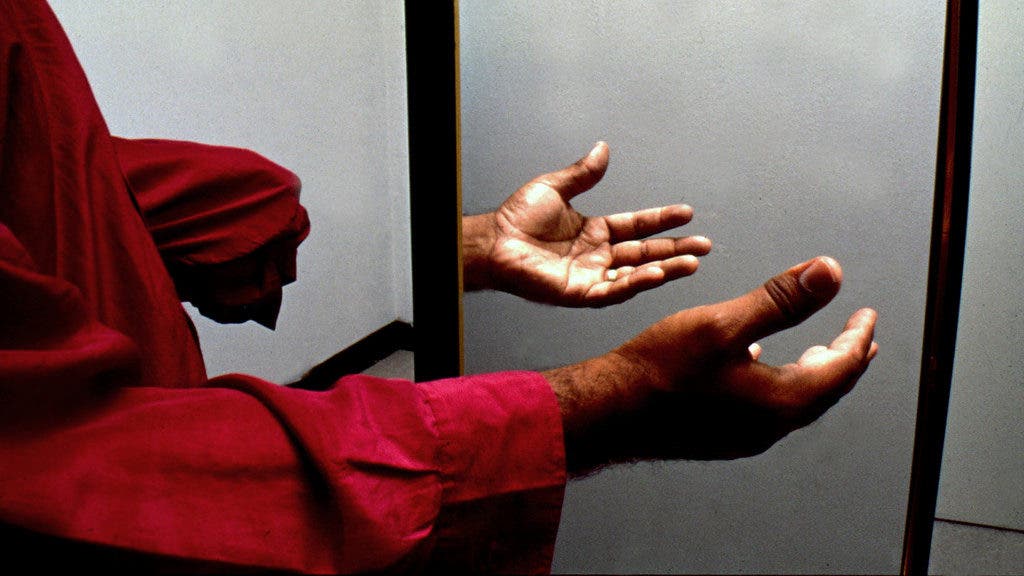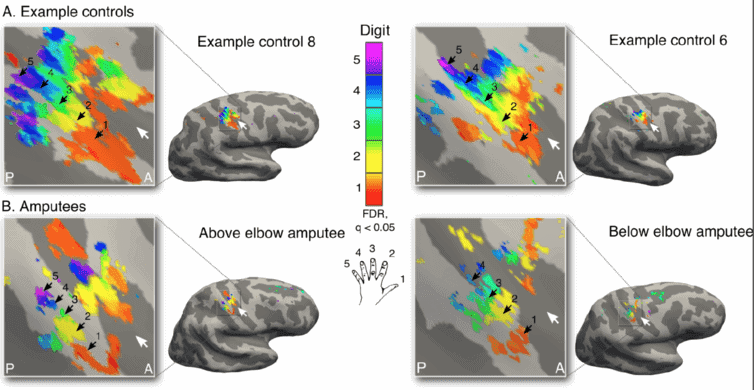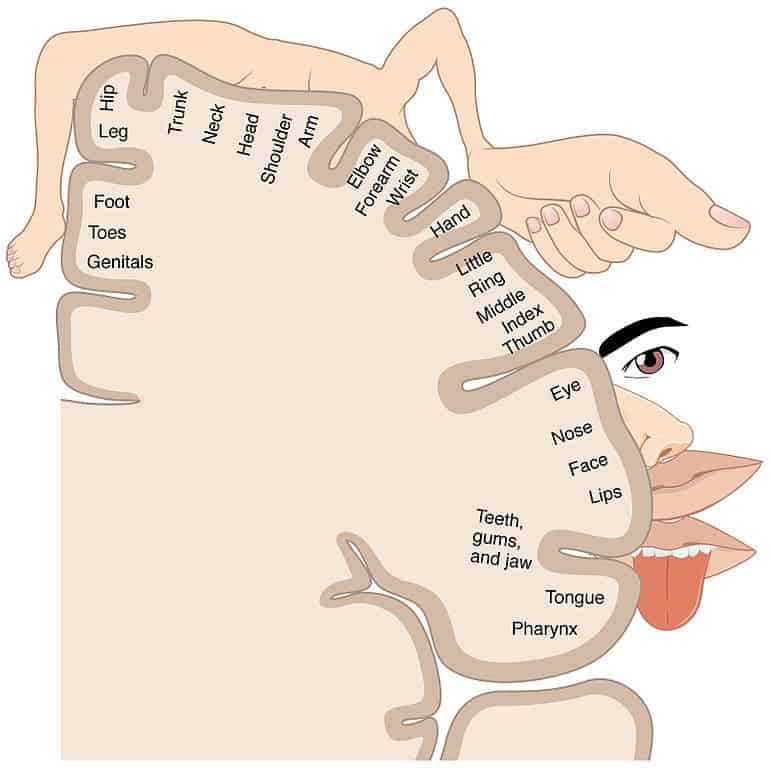A new brain imaging study could finally explain how and why humans with amputees can still feel their “phantom limbs“. They found that brains maintain incredibly detailed neural maps of the missing limbs even decades after amputation, which could explain the phenomenon.

An Oxford University team, comprised of Sanne Kikkert and her colleagues from the Hand and Brain Lab and led by associate professor Tamar Makin, performed a new ultra-high resolution brain imaging study to get to the bottom of the phantom limb.
Almost all people who have lost a limb have some sensation that it is still there, and it’s thought that around 80 percent of amputees experience some level of pain associated with the missing limb. For some the pain is so great it is hugely debilitating. But many phantom limb patients can not only feel the presence of or sensation in the missing limb but also “control” it voluntarily. The participants were asked to move the phantom fingers of an amputated hand while their brains were being scanned so the researchers could map the limb’s representation in the brain.
Previous work has shown that moving an amputated hand corresponds to a spike in brain activity, but we’ve never been able to determine if this is due to some abnormal activity following the amputation, or if it corresponds to cortical territory dedicated to the limb.
Kikkert and her team found the patterns of brain activity have striking similarities to “normal” hand representation. For example, both amputees and the control (two-handed) group showed the same spatial distribution of the fingers in relation to each other. They were able to prove that the hand maps of phantom hands were within the range of those found in the control group. This is quite stunning, considering that the amputee participants lost their hands 25 to 31 years prior.

Image credits Sanne Kikkert et al.
They also showed that the neural activity isn’t a result of muscles or nerves activating in the remaining part of the limb, as was previously thought — these hand maps remained the same in participants amputated above the elbow (so they lacked the muscles) or those with nerve damage. But it’s still unclear if these hand maps cause phantom limb sensations or if the sensations themselves enforce these areas in the brain.
One exciting implication of this study is that its findings go against traditional beliefs of how the body’s sensory map is formed and maintained in the brain. The somatosensory homunculus is a highly organized structure, very striking in that the body parts are laid out in the brain similarly to how they are on the body — and up to now, the prevailing belief was that it required a constant stream of sensory information from the body to maintain its shape.

Image via Wikimedia.
In the case of amputation, it was believed that areas of the body near that limb on the homunculus would take over its territory. A 2013 study by Tamar Makin and colleagues showed that, following amputation, the remaining hand starts using the brain territory of the missing hand. Their study also showed that the more participants used their remaining hand to complete daily activities, the more that hand took up the amputated limb’s brain resources, probably to support the overuse of the intact hand.
Kikkert also found signs of reorganisation in her subjects’ missing hand area of the brain, as well as the detailed hand maps. This suggests that following amputation, the original functionality of the area is maintained at the same time as reorganization takes place — something we’ve never been able to determine before.
The team reports their findings “reopen the question of what happens to a cortical territory once its main inputs are removed”. Their work allows us to better understand the homunculus, and could prove invaluable in the further development of neuroprosthetics, complete with tactile sensibility.
The full paper “Revealing the neural fingerprints of a missing hand” was published online in the journal eLife.


